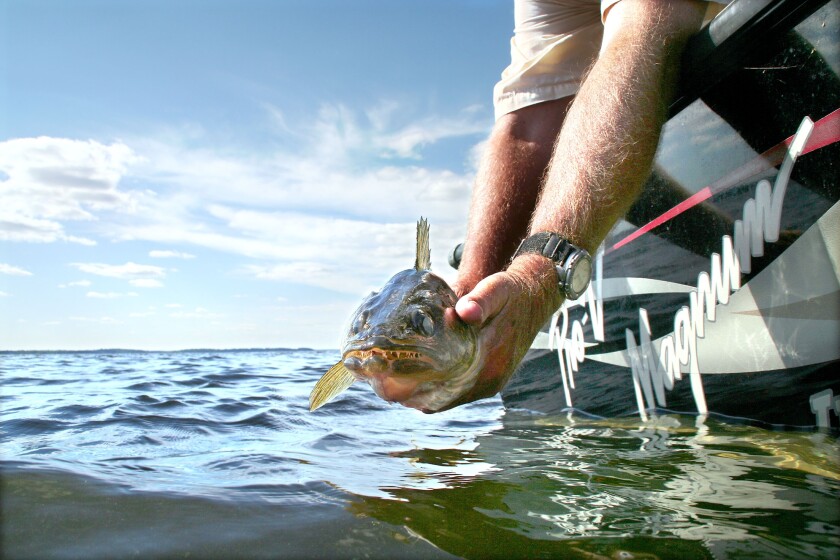Fishing is not just a hobby; it’s an immersive experience that connects us with nature and provides a sense of accomplishment. Whether you’re seeking relaxation, a challenge, or a bonding activity with family and friends, fishing has something to offer for everyone. If you’re new to this exciting world, this beginner’s guide will provide you with all the essentials to get started with fishing and reel in success.
1. Choose the Right Fishing Gear

Before casting your line, it’s crucial to have the right fishing gear. Here’s what you’ll need:
- Fishing Rod and Reel: Select a rod and reel combo suited for beginners, such as a spin-casting or spinning combo. These are easier to handle and control.
- Fishing Line: Opt for a monofilament fishing line, which is forgiving and versatile. The line’s strength should match the targeted fish species.
- Hooks, Lures, and Bait: Stock up on a variety of hooks, lures, and bait appropriate for the fish you want to catch. Research the preferences of your target species to make informed choices.
- Tackle Box: Keep your gear organized in a tackle box with compartments for easy access.
2. Research Fishing Regulations and Locations

Every fishing spot has its own set of regulations and guidelines. Ensure you’re aware of fishing seasons, size limits, and any special rules that apply to the area you’ll be fishing in. Check with local authorities or visit their websites for the most up-to-date information.
3. Learn Basic Fishing Techniques

Mastering basic fishing techniques is essential for success:
- Casting: Practice casting in an open area before heading to the water. Learn to cast smoothly and accurately.
- Setting the Hook: When you feel a tug on the line, give a swift jerk to set the hook in the fish’s mouth.
- Reeling: Use a steady and controlled reeling motion to bring in your catch.
4. Understand Fishing Knots

Tying strong knots is crucial to prevent losing your catch. Learn common knots like the Palomar knot, improved clinch knot, and loop knot to secure hooks, lures, and swivels to your line.
5. Patience and Persistence
:max_bytes(150000):strip_icc()/florida-keys-fishing-FLYFISHUS0920-98ce7264798643bab66a47fc3a6eeccb.jpg?w=1080&ssl=1)
Fishing requires patience and persistence. Not every outing will result in a big catch, but each experience is a step toward improving your skills. Enjoy the tranquility of the outdoors and the anticipation of what’s beneath the water’s surface.
6. Safety First
Prioritize safety during your fishing trips:
- Wear a Life Jacket: Especially if you’re fishing from a boat or in deep waters.
- Sun Protection: Wear sunscreen, a hat, and sunglasses to protect yourself from the sun’s rays.
- Stay Hydrated: Keep a water bottle with you to stay hydrated throughout the day.
7. Learn to Release Fish Responsibly

If you’re not keeping the fish you catch, it’s important to release them properly to ensure their survival. Handle fish gently, avoid removing them from the water for extended periods, and use tools like pliers to remove hooks quickly.
Embarking on a fishing journey can be incredibly rewarding, offering a blend of skill development, relaxation, and immersion in nature. By acquiring the right gear, learning essential techniques, and understanding fishing regulations, you’ll be well on your way to becoming a proficient angler. Remember, fishing is not just about catching fish; it’s about embracing the entire experience. So grab your gear, find a serene fishing spot, and get ready for Fishing!

